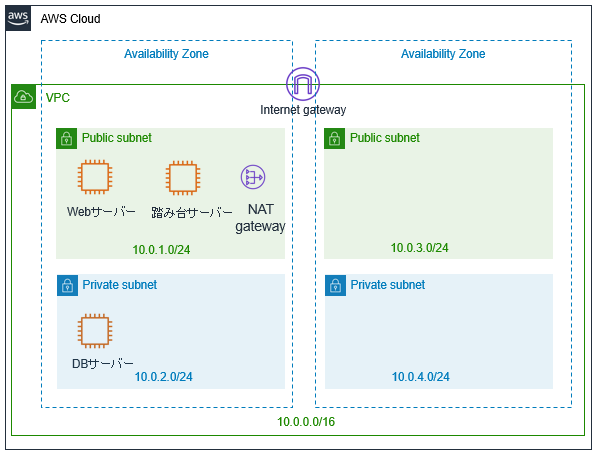

There are more services than discussed here. As for the final part – we learned you should permanently close your instances whenever not required.

AMI’s: This section covered a more innovative way to create multiple instances with the same configuration.
#Inotebook aws how to#
Adding Dependencies: The important core part here was how to update and install packages on Linux.We also learnt to perform SSH using our own local machine and its requirements. Launching Instances: Here, we learned how one can easily configure their own machine and find them within minutes or two.Intro: We learned about AWS, its benefits for our use cases, and the factors affecting it.Here is a brief summary of whatever we have covered: Log in to your account, and in the console search bar, type EC2 and click it (The Elastic Cloud – Sevice).Īlthough we have barely scratched the surface of AWS, using the method discussed, you can enhance your productivity by a lot.
#Inotebook aws free#
Imp: Visit the AWS login p age and log in to your account click signup, fill in the required details, and verify to get a new profile with free tier eligibility.ġ. So now, let’s look practically at how each piece fits together! Each one has some user-defined – Type, OS, Storage, Networking, and Security. Instances are the VMs provided by AWS for usage. So let’s move on to the more practical side that any enthusiastic DS aspirant wants! Set Up & Launch Instance Overall, it will be a hands-on and fun-packed journey to travel. and later look into ways to be smart with AWS and end with some d on’ts while using AWS. In Today’s article, we will discuss how you can set up your ne xt jupyter instance on AWS for heavy data workloads. So to summarise, even if you are doing what you want in some claimed machine, you don’t need to worry about security, computing, storage, and managing the device.


 0 kommentar(er)
0 kommentar(er)
